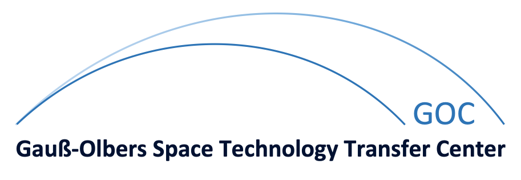Satellite Diversity for a LEO Satellite System with CDMA Technology
| Autoren: | S. Fischer, K.-D. Kammeyer, V. Kühn |
| Kurzfassung: | This paper focuses on diversity aspects of a LEO (Low Earth Orbit) satellite communication system with CDMA (Code Division Multiple Access) technology. For LEO satellite communication systems the usage of satellite diversity is very important in order to avoid shadowing and to improve transmission quality. Due to the properties of the land mobile satellite channel, multipath diversity cannot be exploited like in terrestrial systems. Also the usage of time diversity is limited because of the small delay times allowed for speech transmission. For LEO satellite systems space diversity is a possibility to improve transmission quality. Based on the Globalstar satellite system the transmission over two satellites is analyzed. Globalstar is an existing Leo satellite communication system that uses CDMA technology. The easiest way to exploit different signals in a CDMA system is to combine them with a Rake receiver. This method is designated in the Globalstar system supported by a convolutional code of rate R=1/2 and constraint length cl=9. Instead of transmitting the same convolutionally encoded bits on both channels, a new approach with a rate R=1/4 turbo code (cl=3, 5) is presented. The turbo coded bits are split on both satellites in a way that both channels get the same systematic bits but different code bits. This new scheme performs better compared to the Globalstar system and in addition to that, the same amount of processing time or even less is needed. |
| Dokumenttyp: | Journal Paper |
| Veröffentlichung: | März 2001 |
| Journal: | ASSI Satellite Communication Letter |
| Seiten: | 5-13 |
| Volume: | 1 |
| Number: | 1 |
| Index: | 110 |
| Dateien: | BibTEX |
Zuletzt aktualisiert am
25.04.2008
von
Admin
© Arbeitsbereich Nachrichtentechnik - Universität BremenImpressum / Kontakt







